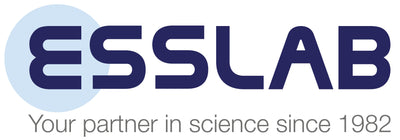High performance liquid chromatography (HPLC) is part of liquid chromatographic separating processes of substance mixtures and their analysis. At the beginning the technique was also called high pressure liquid chromatography due to the high back pressure of the column. HPLC offers qualitative (identification of substances) and quantitative (concentration determination) analysis by comparison with standard substances. The term HPLC was introduced in the 1970s, for the delineation of the high-performance method to the in the 1930s developed column liquid chromatography (column chromatography). At the beginning of the 21st century the HPLC was complemented by the even more efficient UHPLC (ultra high performance liquid chromatography). Hereby even higher pressures (> 400 bar) result in shorter analysis time and enhanced efficiency enabling a higher sample throughput with smaller sample volumes.
Detailed information of the particular properties of the high-purity silica phases NUCLEODUR, the established standard silica NUCLEOSIL and the modern Core-Shell material NUCLEOSHELL as well as phases for special separations can be found at the equivalent HPLC- and UHPLC-columns (product detail website).
Each MACHEREY‑NAGEL HPLC / UHPLC column is individually tested according to the most important characteristic parameters in quality control and the results are documented in a certificate of analysis.

My Wishlist
Wishlist is empty.
